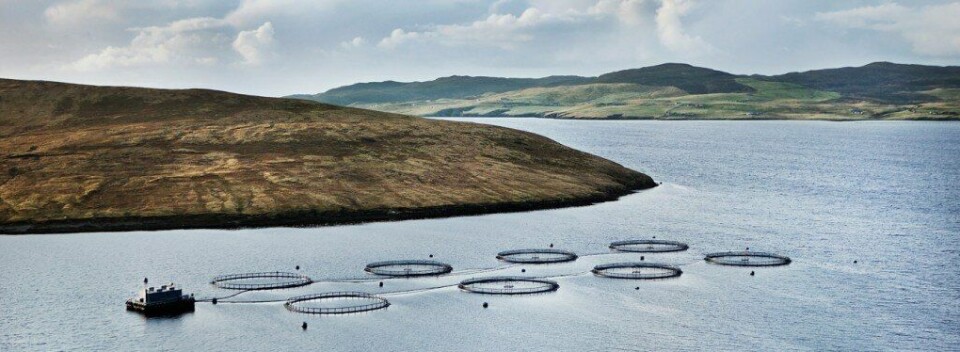
Gill health problems wipe out Grieg Shetland earnings
Grieg Seafood has blamed gill-related diseases in Shetland and harmful algal blooms in British Columbia for a NOK50 million (£4.6m) write-down in third-quarter earnings.
In its Q3 2018 operational update, the Norwegian company said the problems had resulted in reduced survival rates and higher costs.
Grieg Shetland harvested 4,511 tonnes in Q3 2018, 120 tonnes more than in the same period in 2017, but made a loss of NOK1.21 per kilo compared to earnings of NOK6.03/kg in Q3 2017.
Grieg BC harvested 2,642 tonnes (Q3 2017 2,350t) but earnings per kilo fell from NOK14.18 in Q3 2017 to NOK4.55.
Algal blooms
Harmful algal blooms also caused Grieg BC problems in Q2 2018, when an incident resulted in the loss of 250,000 fish, equal to 1,000 tonnes. The fish were scheduled for harvest in the second half of this year.
Norwegian operations performed better than expected during Q3 2018. Grieg said biological performance in both Finnmark and Rogaland have been good, and costs continued to decline. In addition, GSF Finnmark got two new locations in Q3, improving capacity utilisation in the area. Quarterly earnings in Rogaland are low due to planned low harvest volumes.
Preliminary figures for the third quarter 2018 indicate a total harvest volume for Grieg Seafood of 16,940 tonnes and a group EBIT per kilo of NOK9.43.




















































